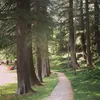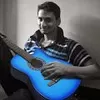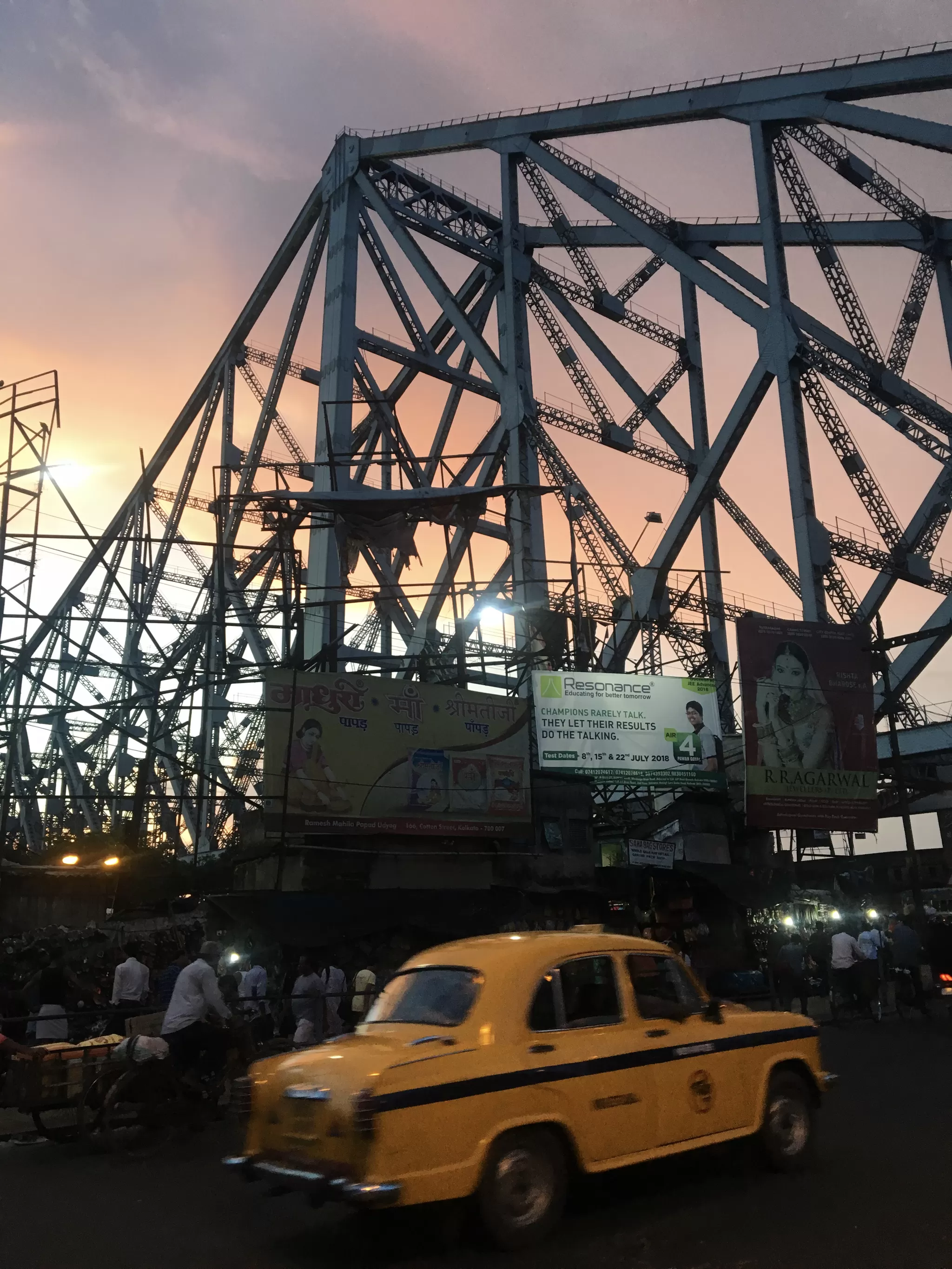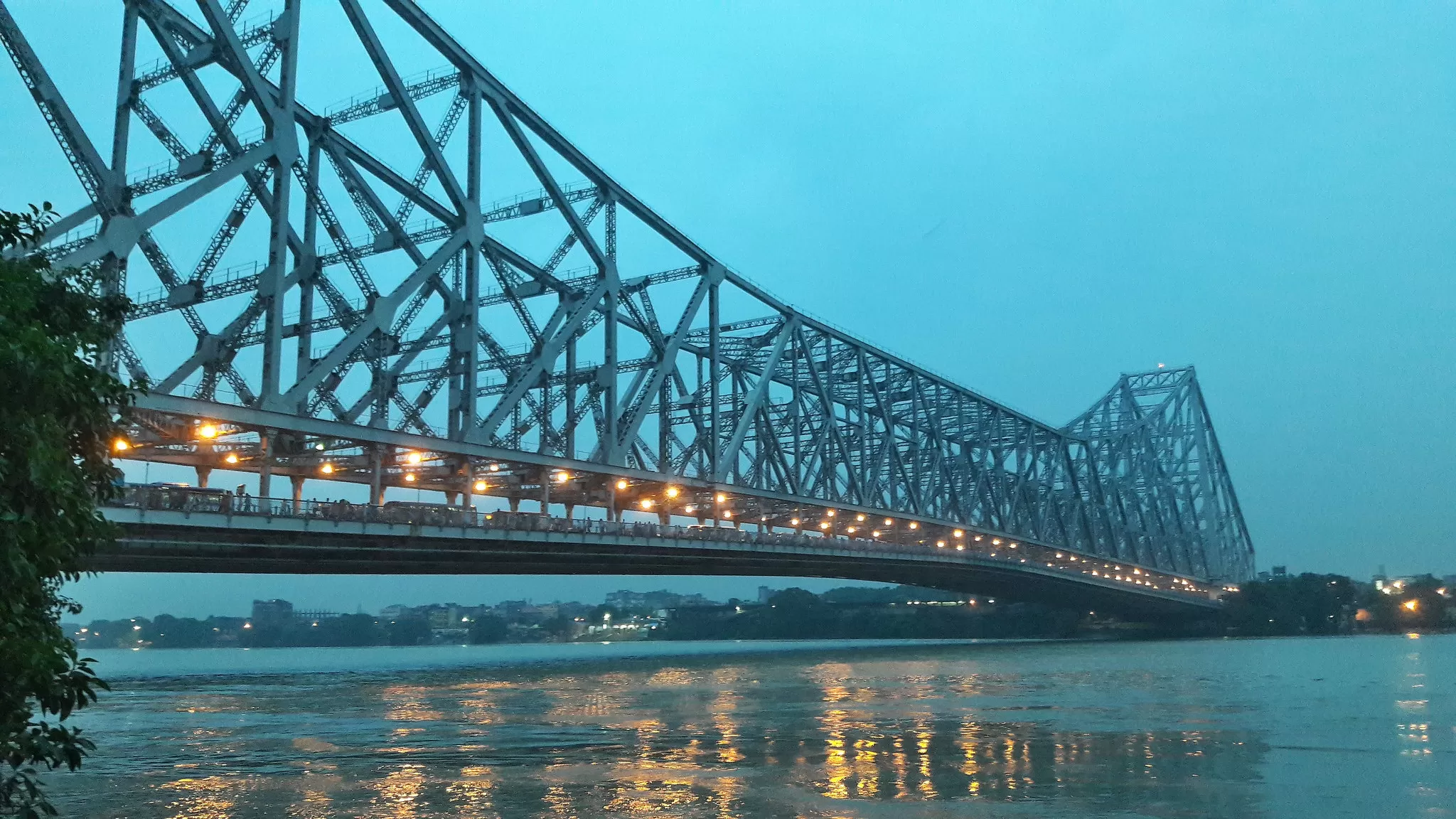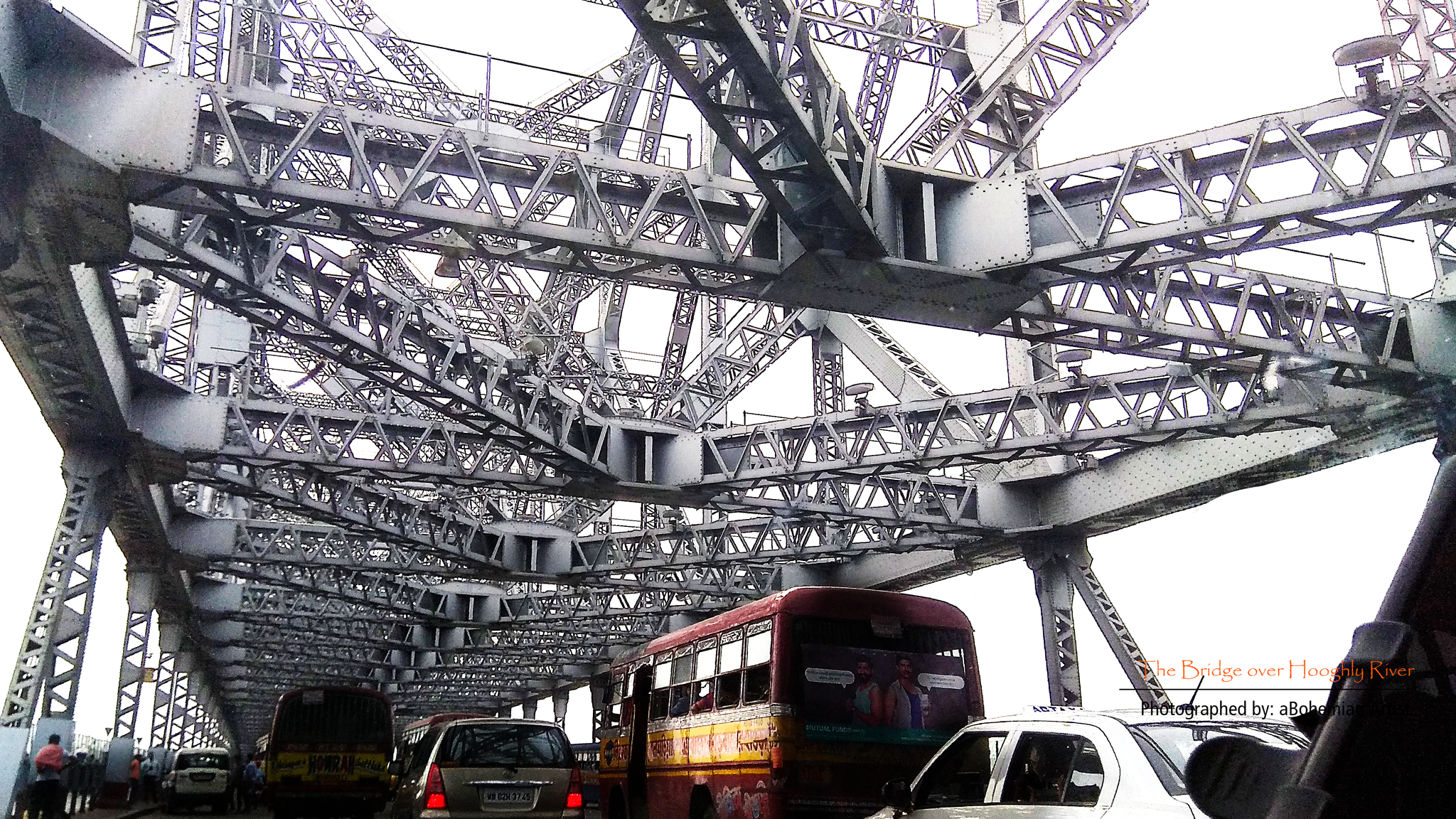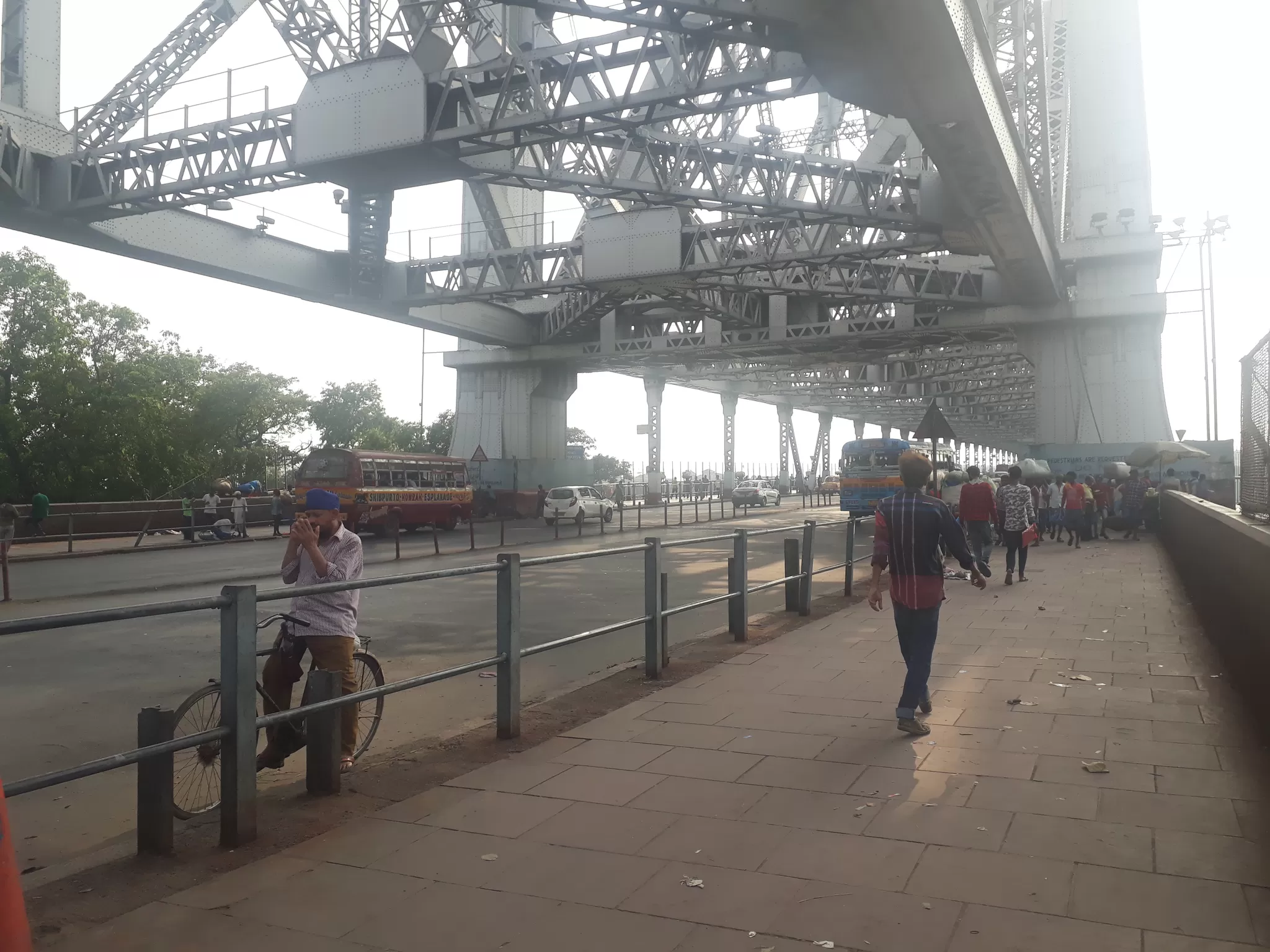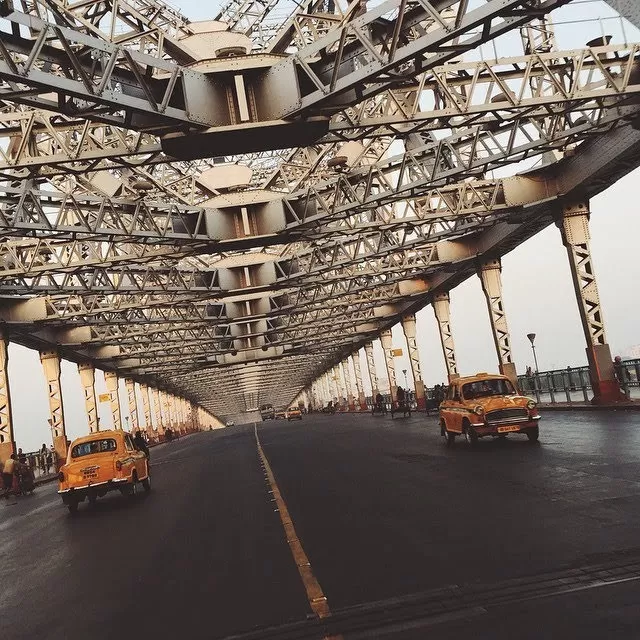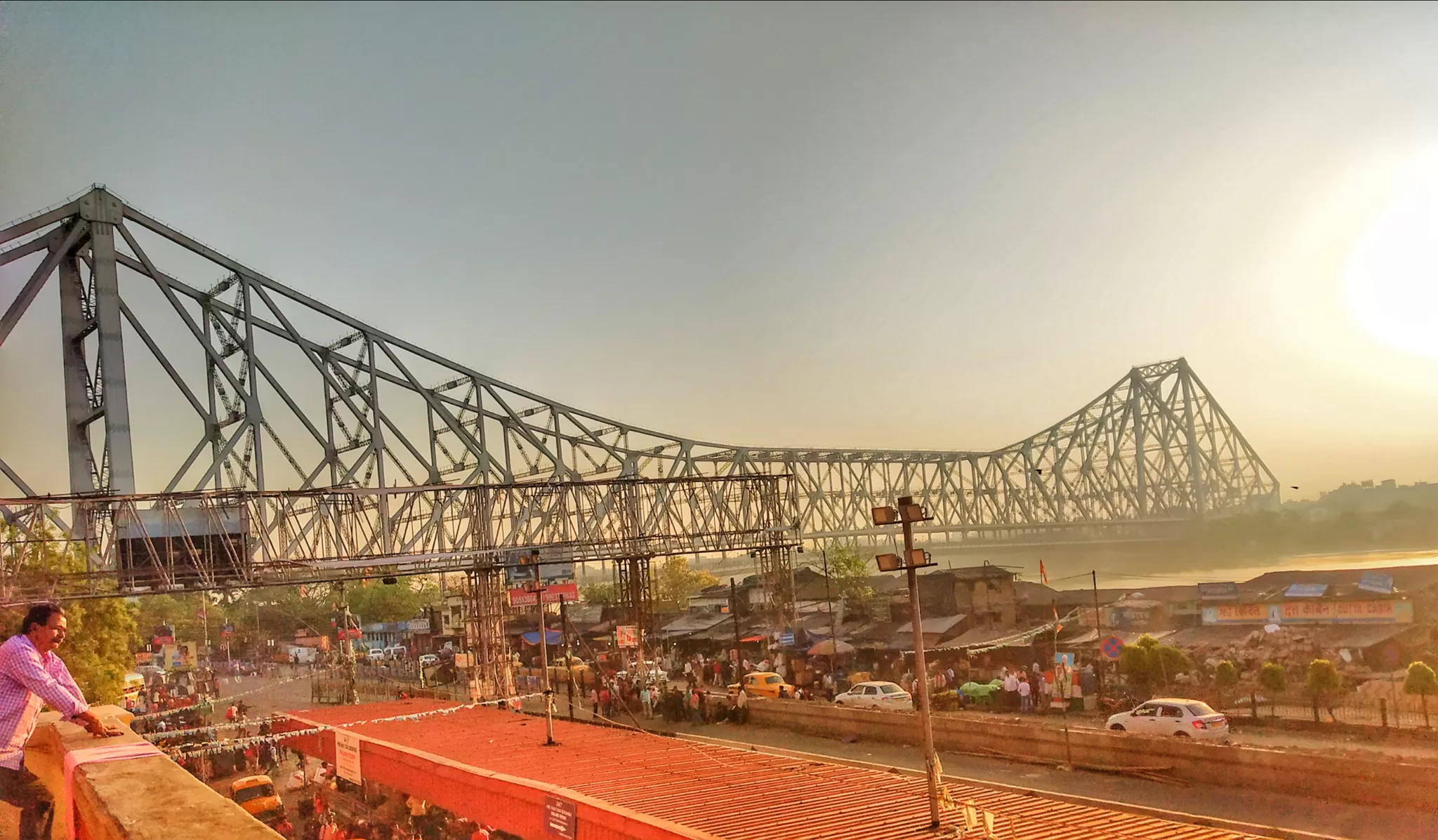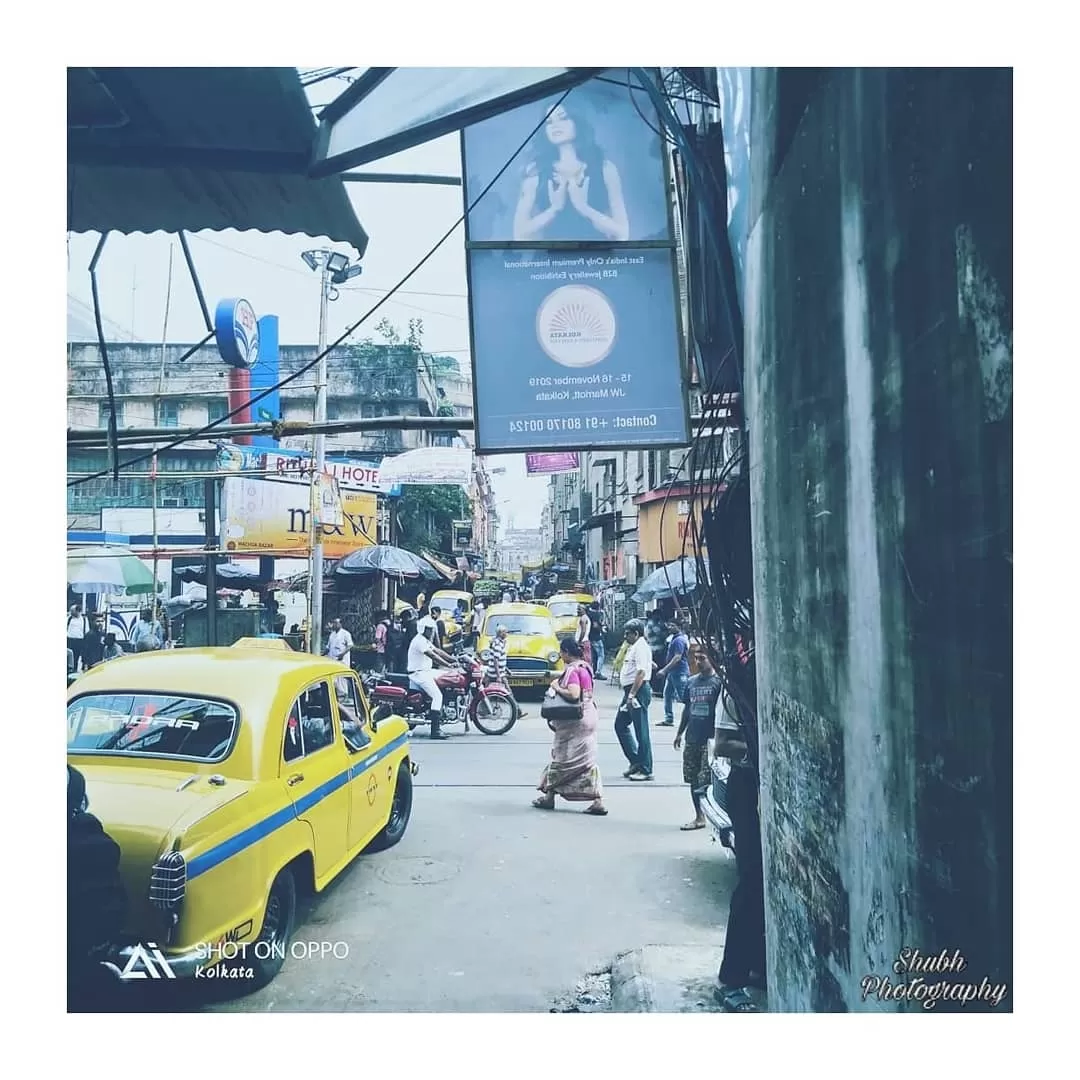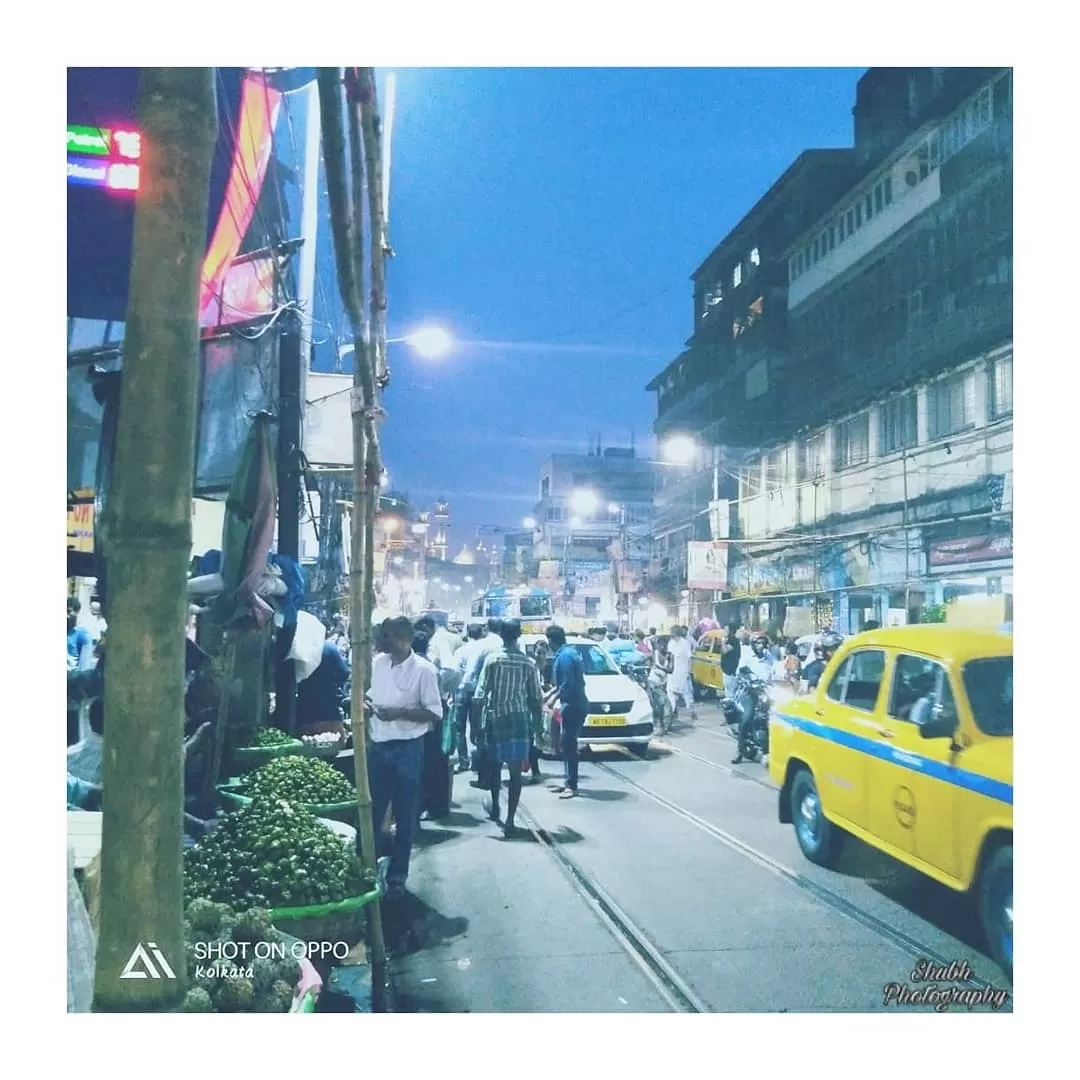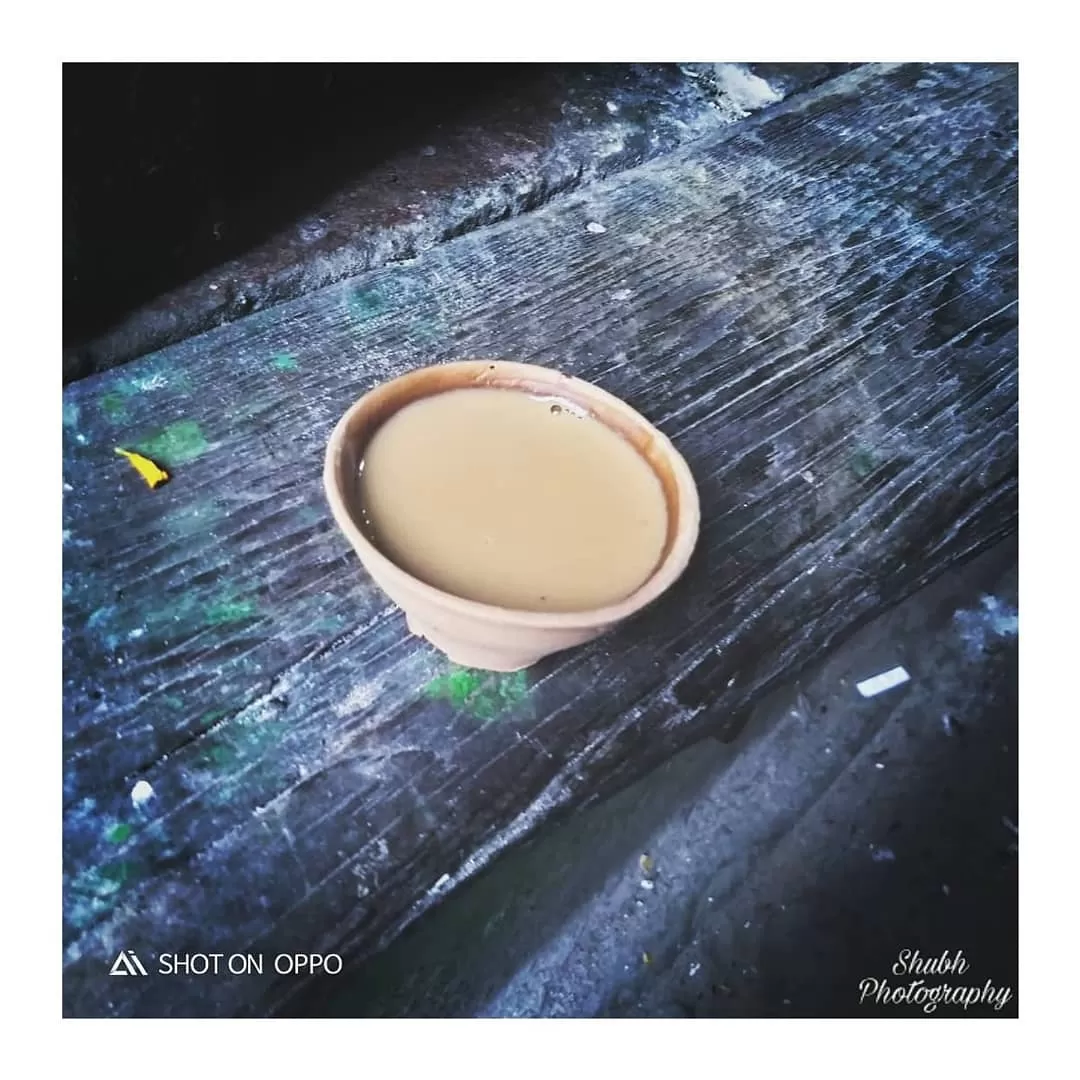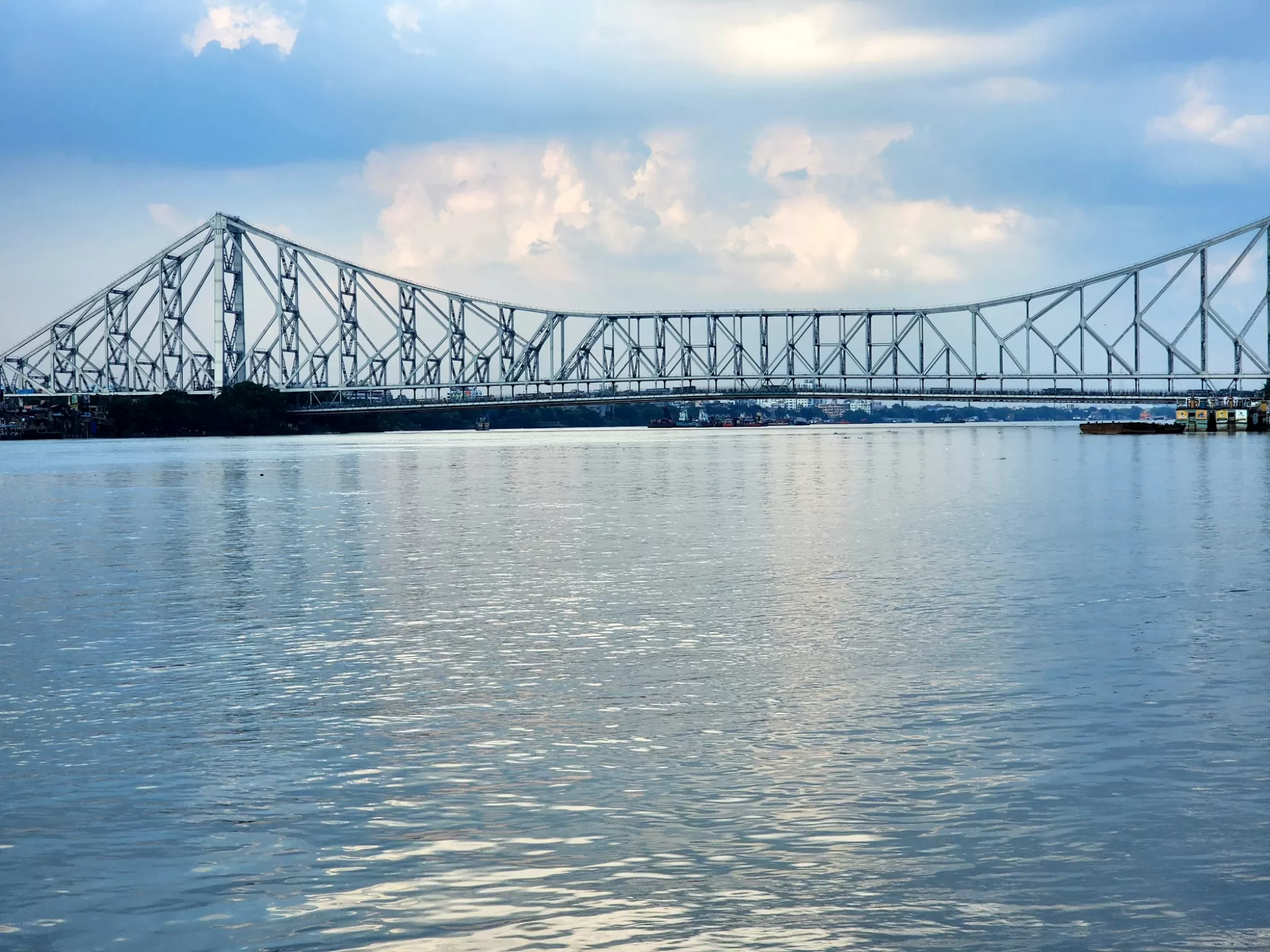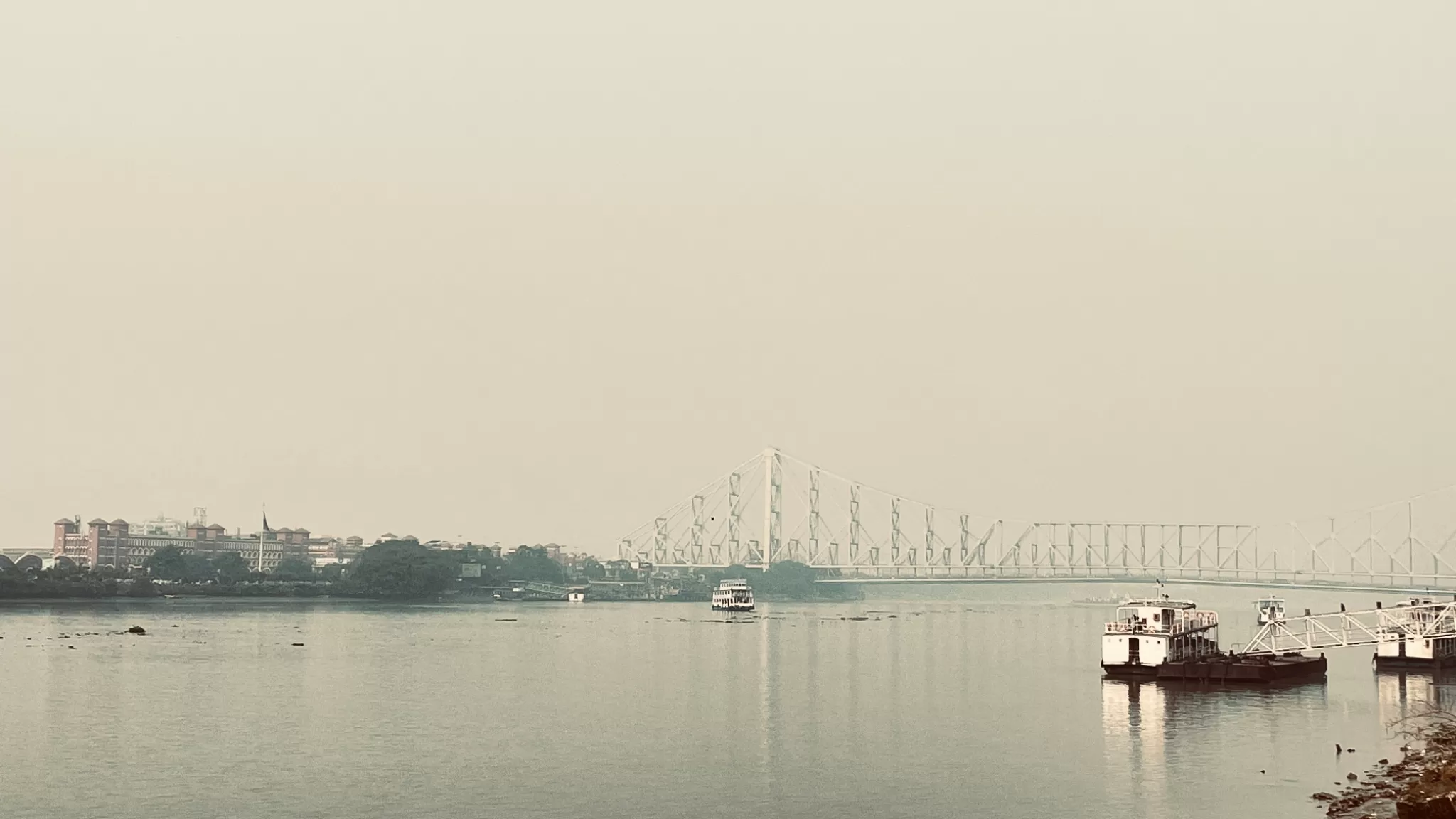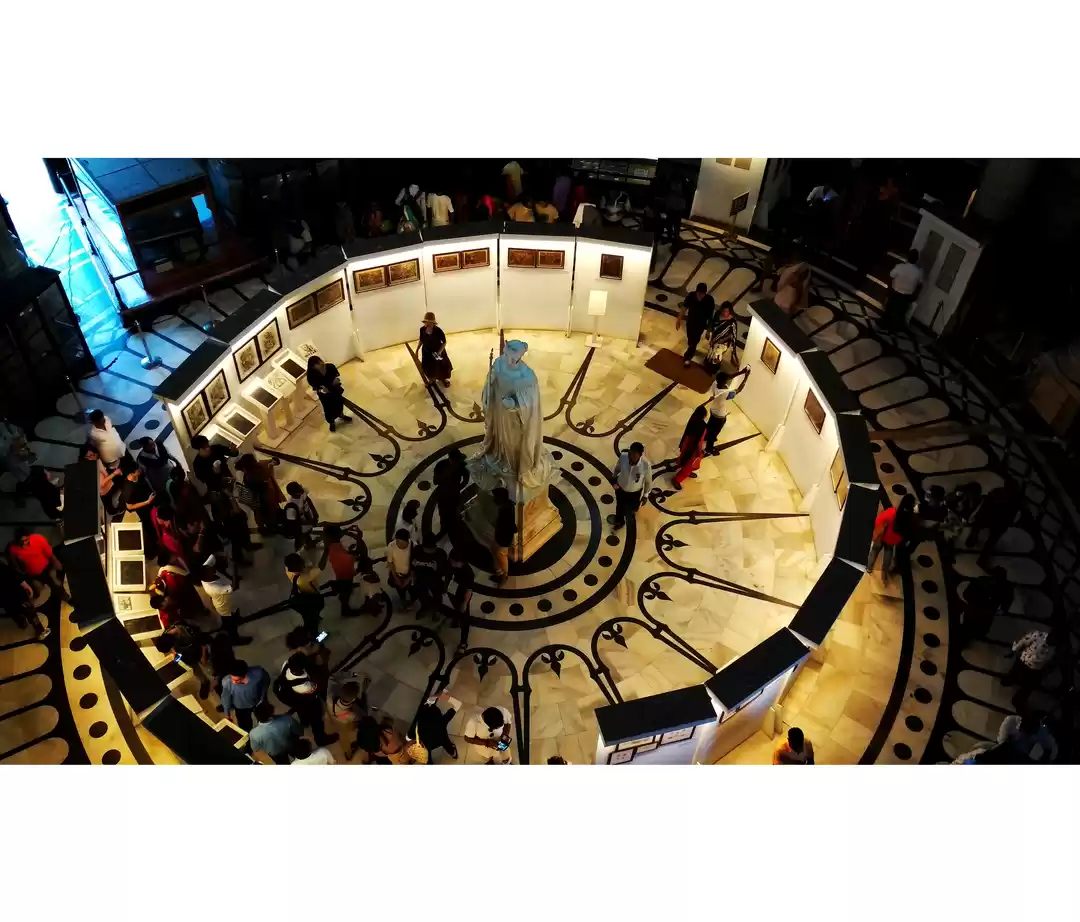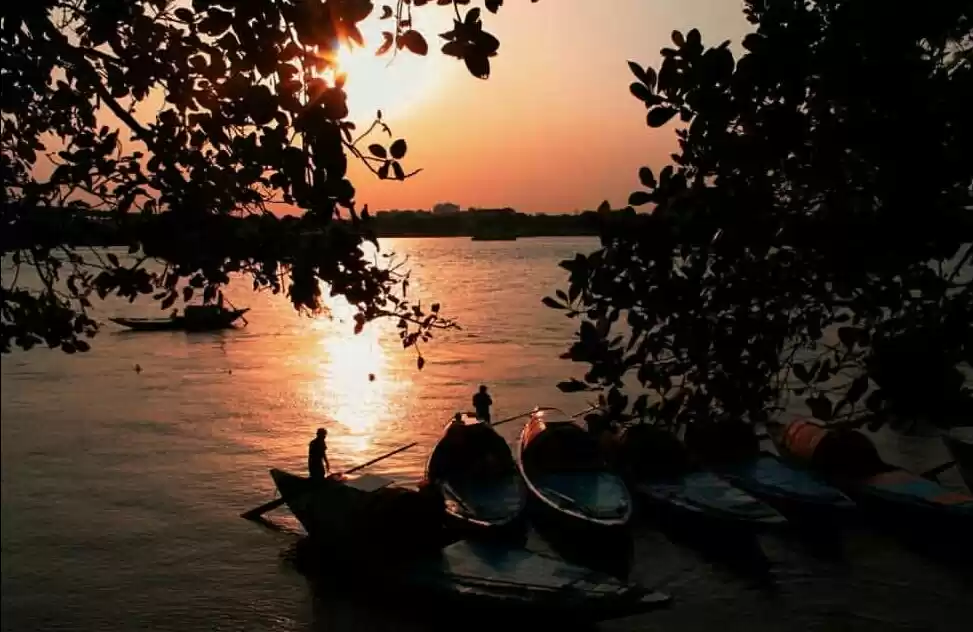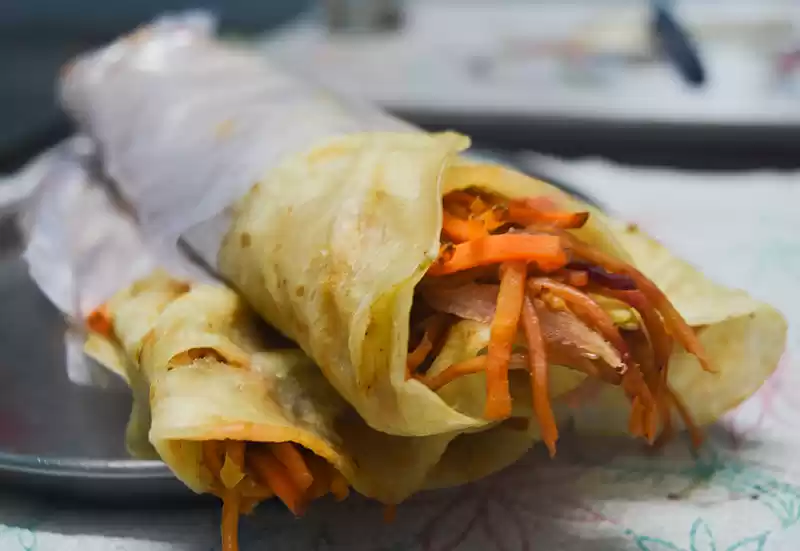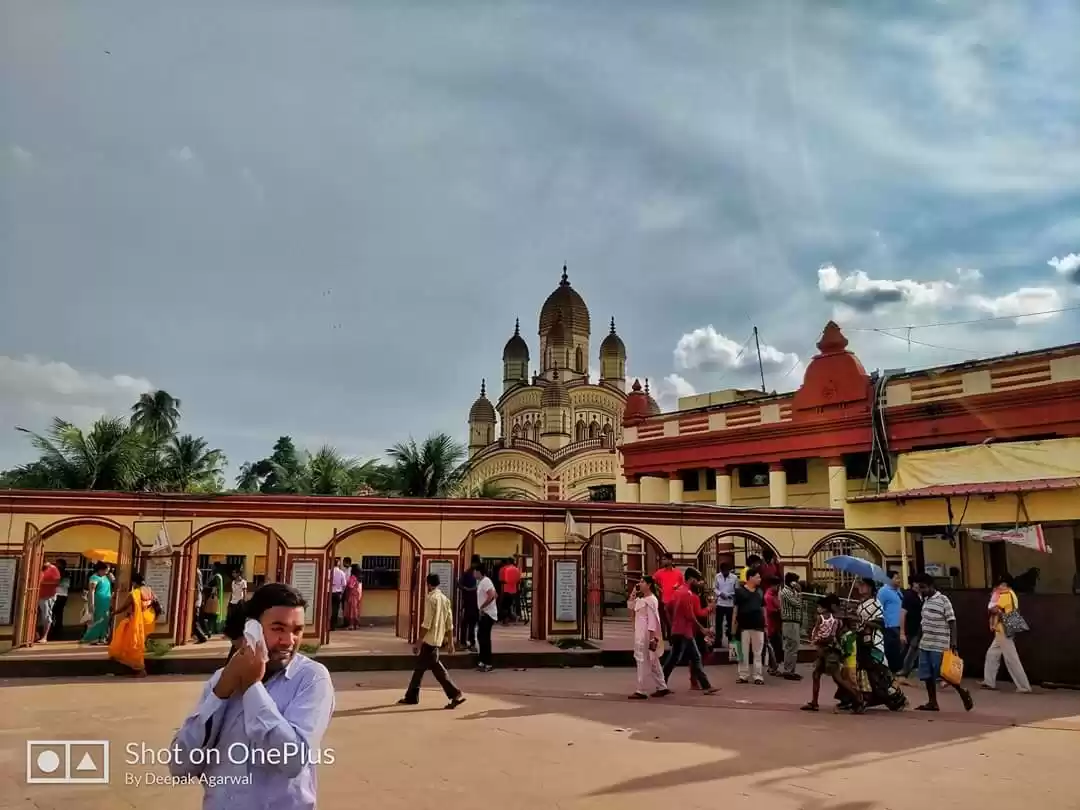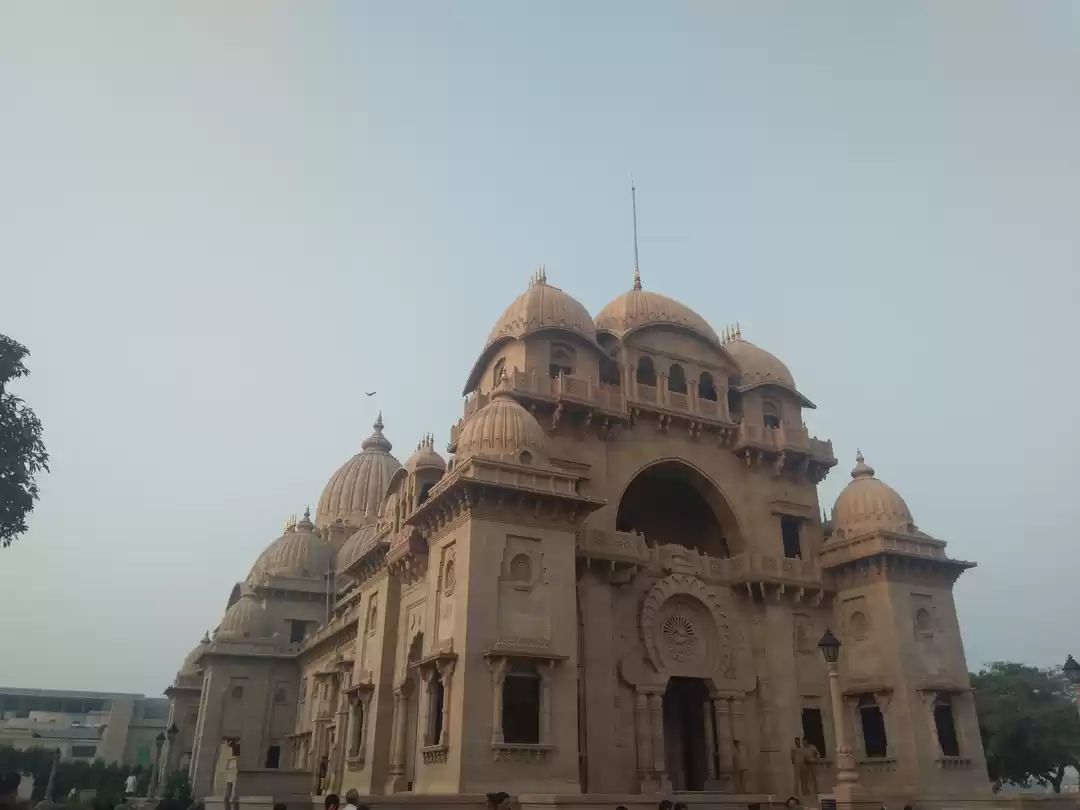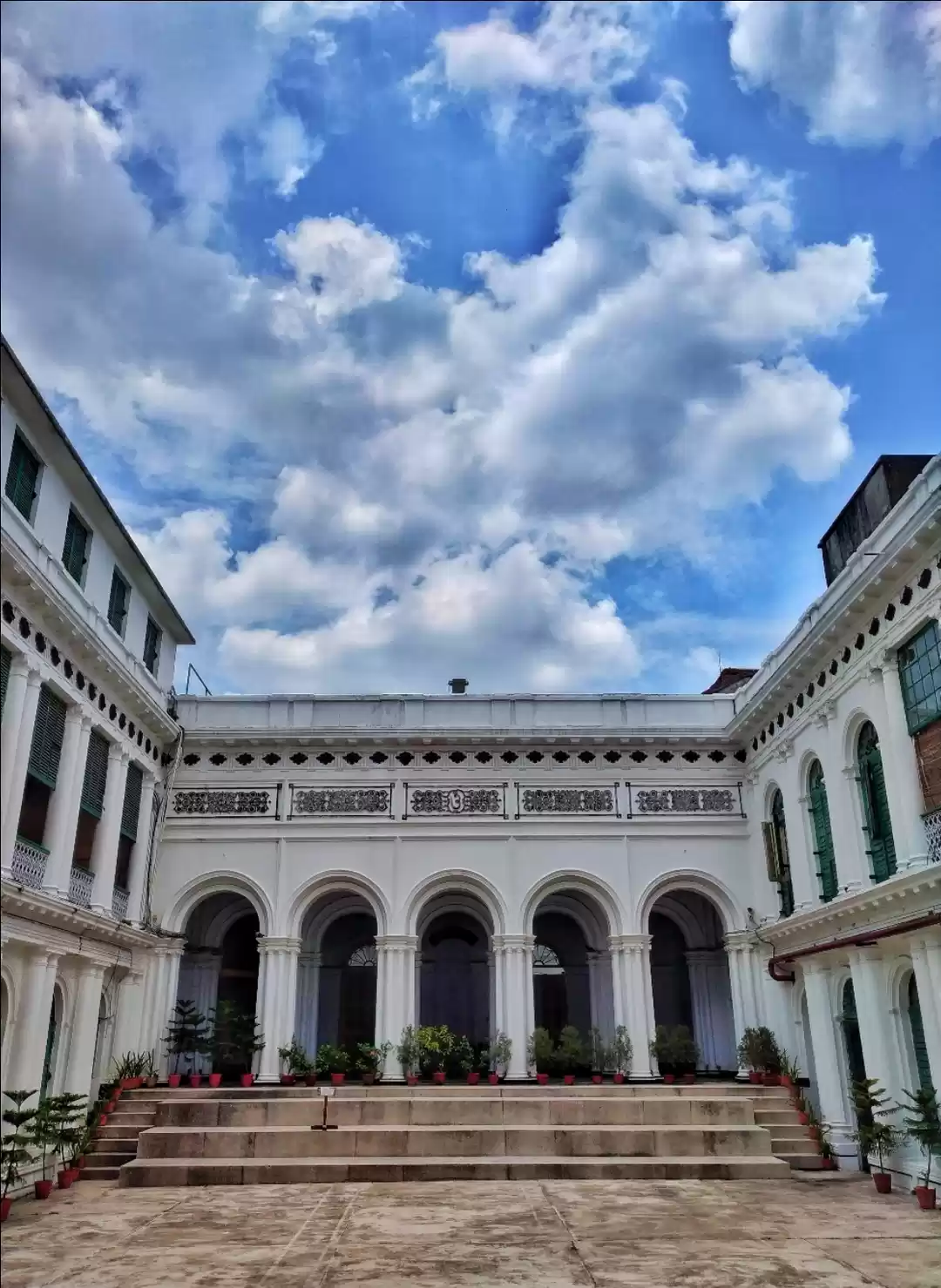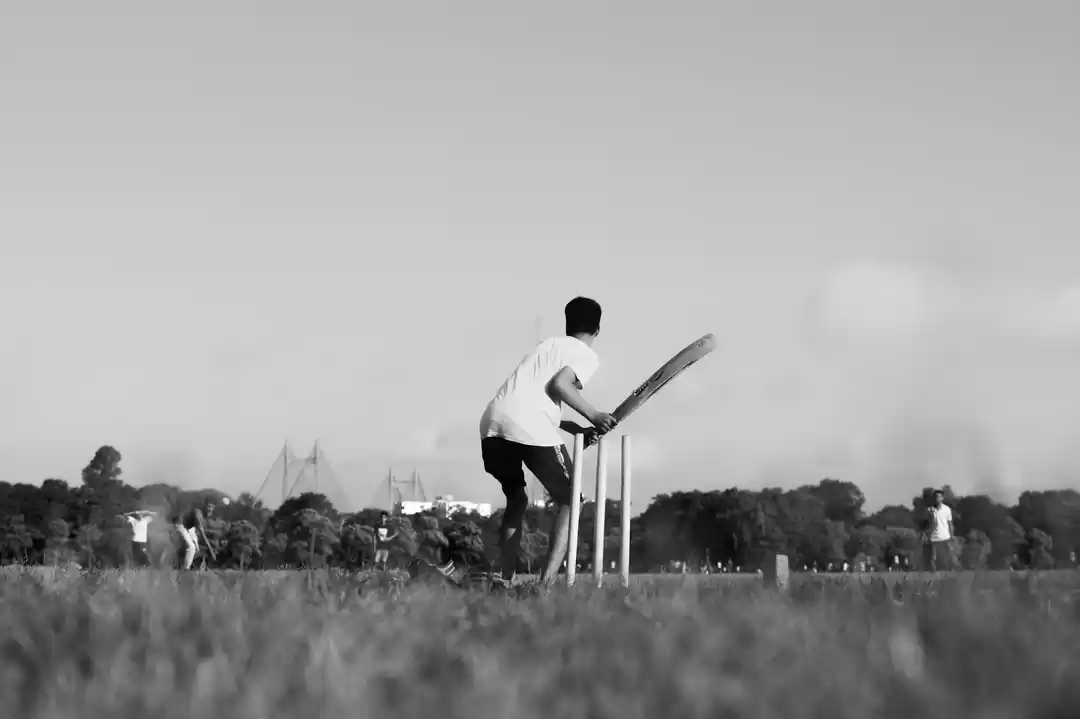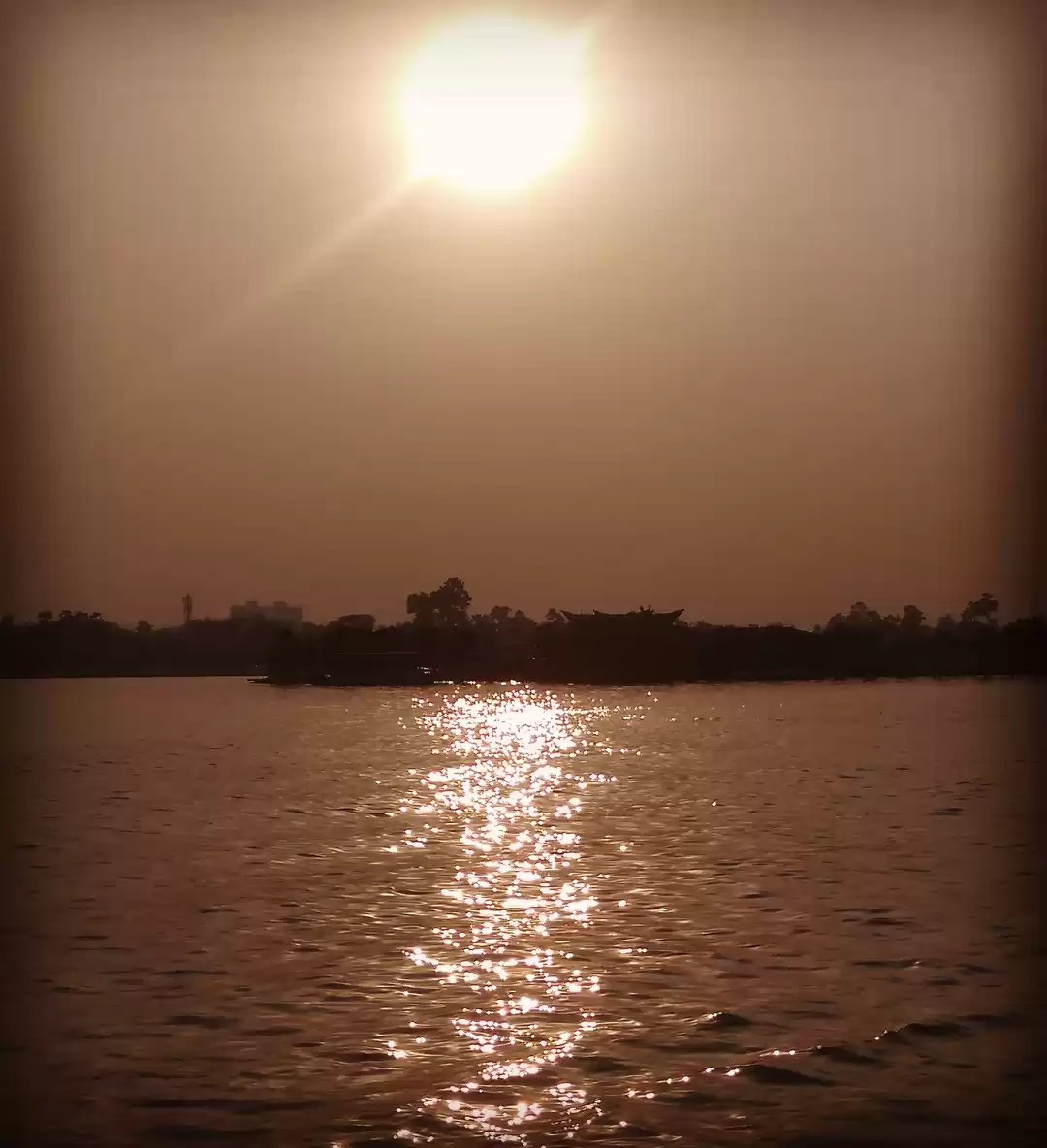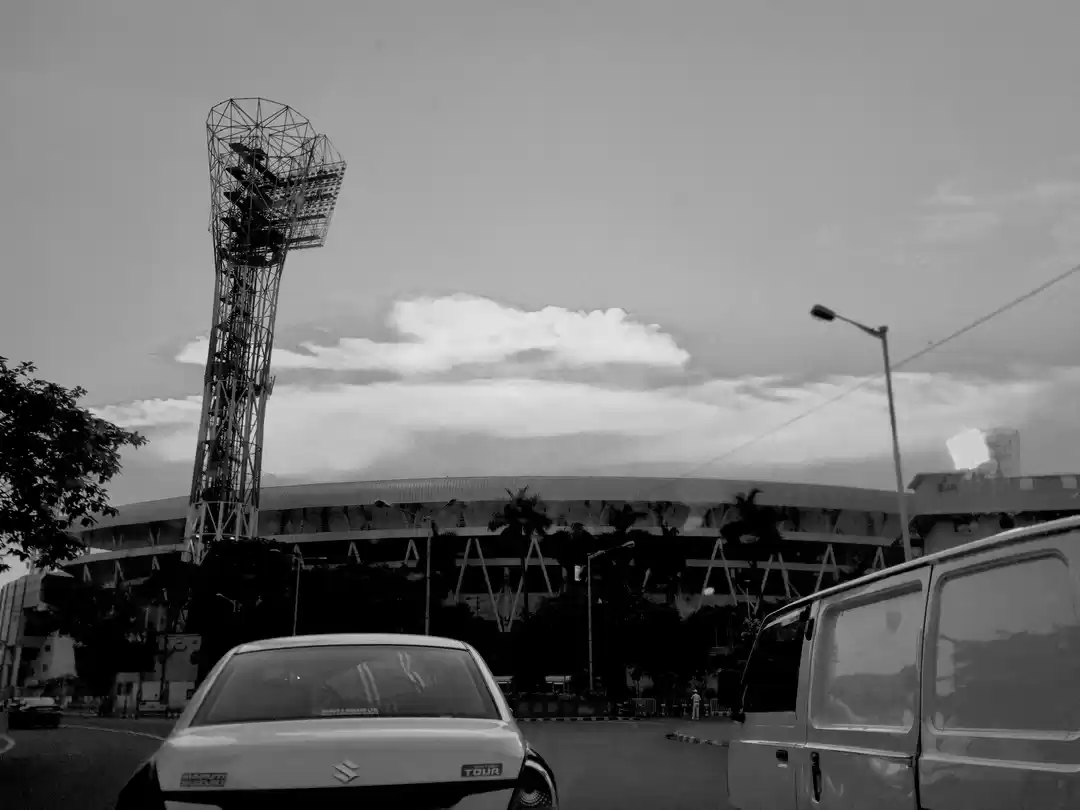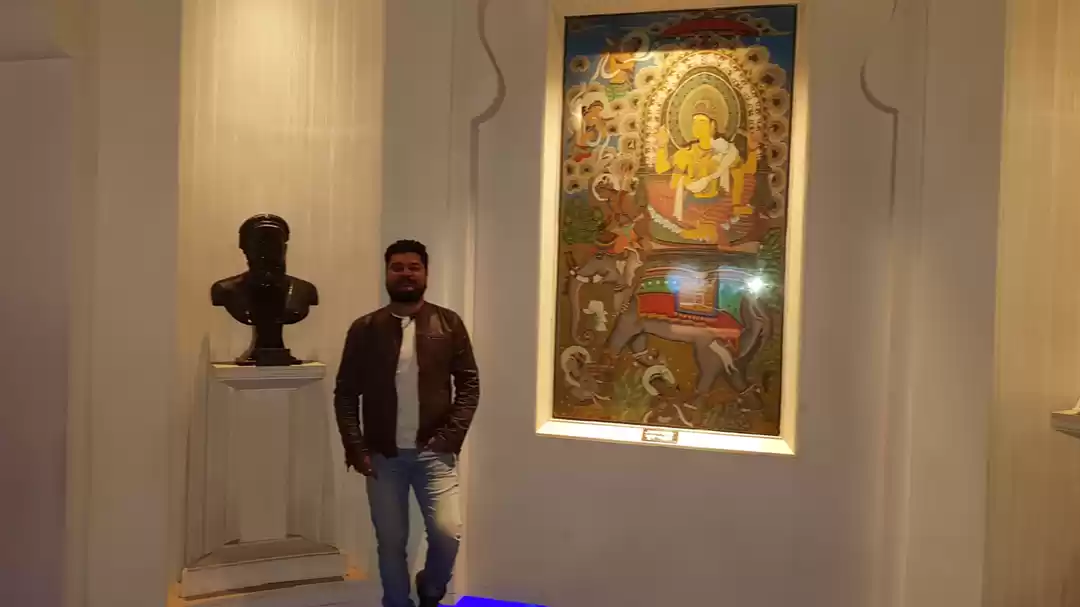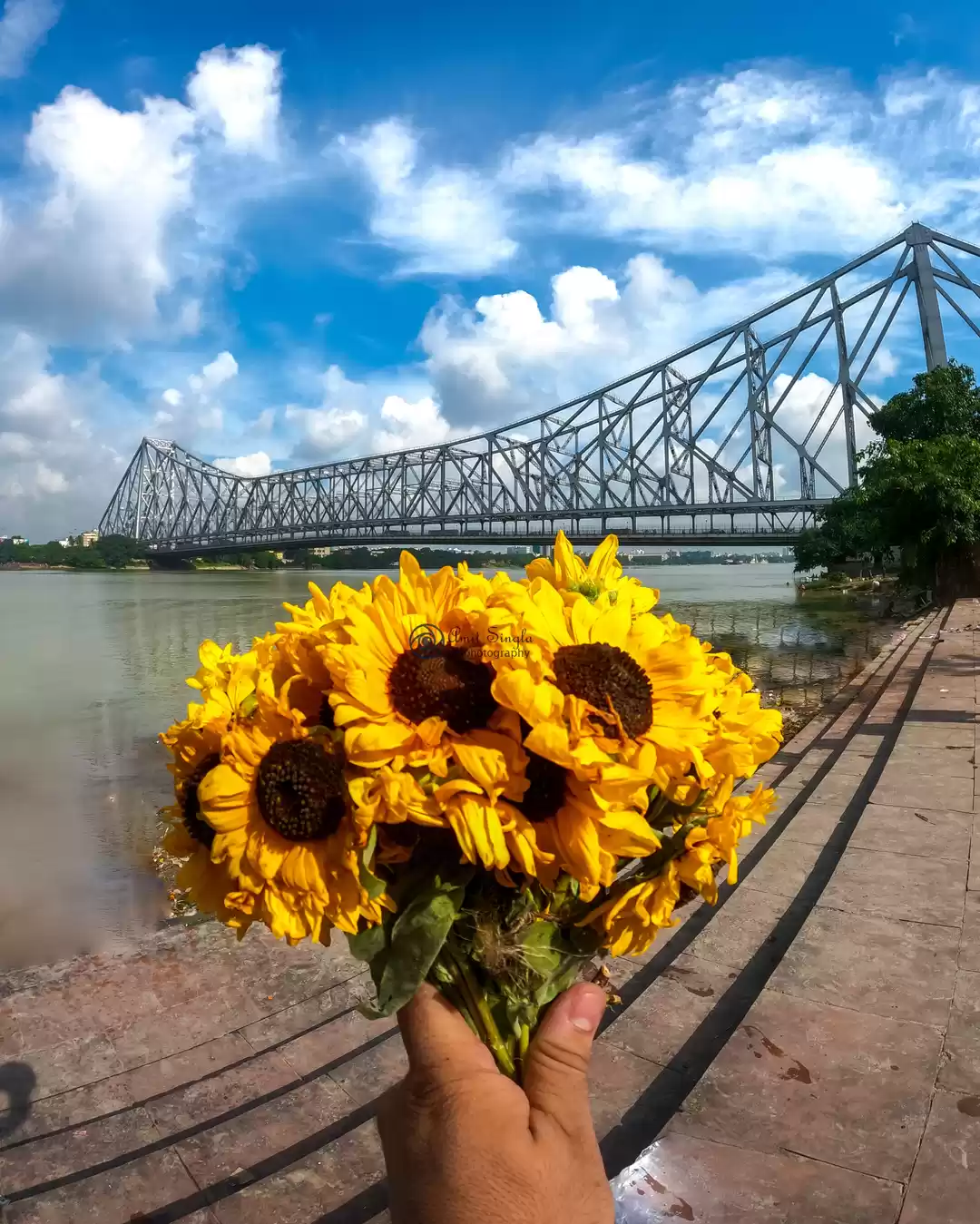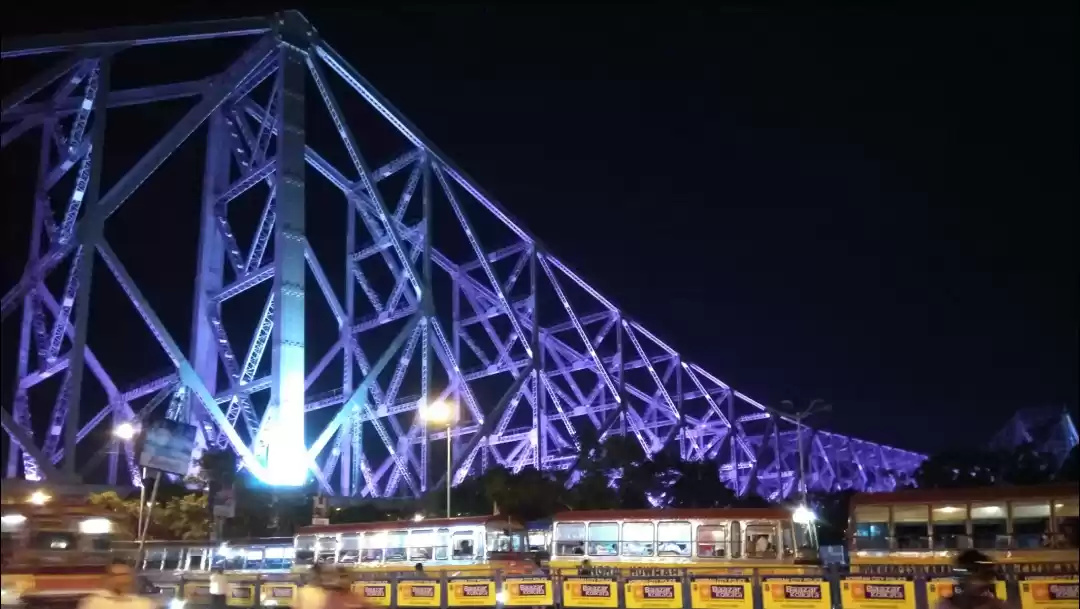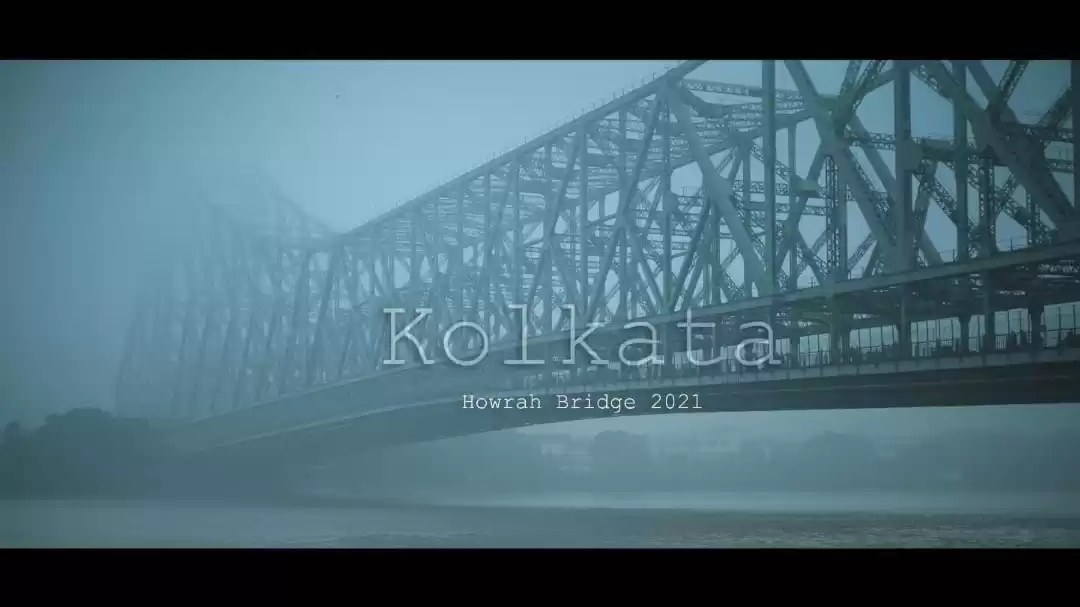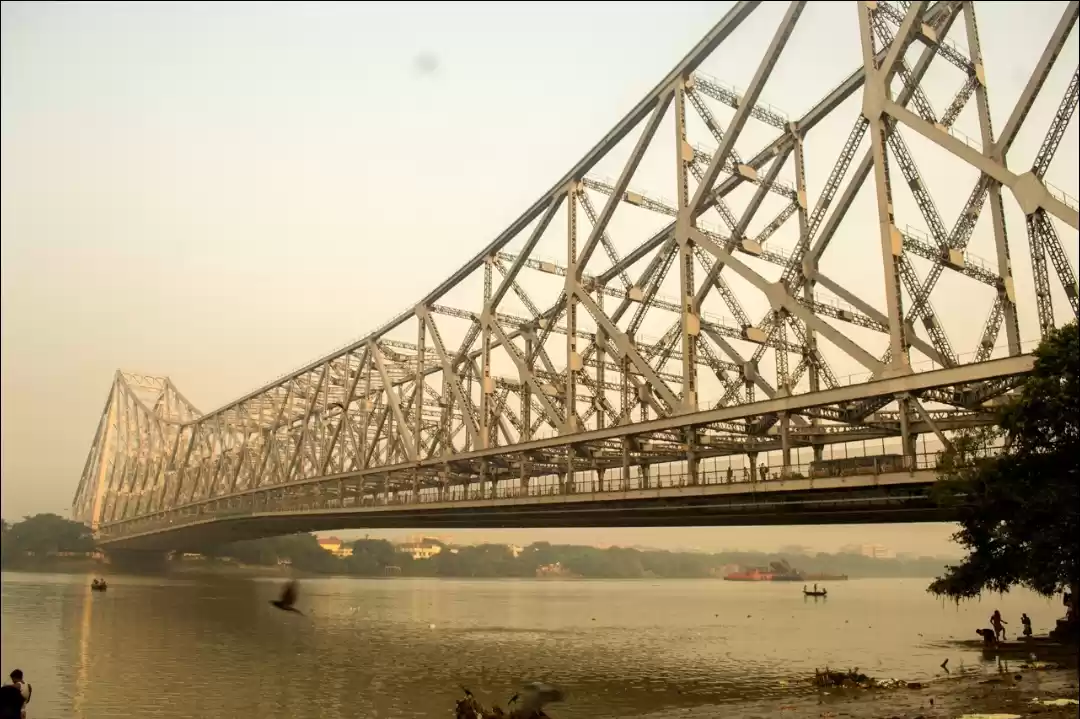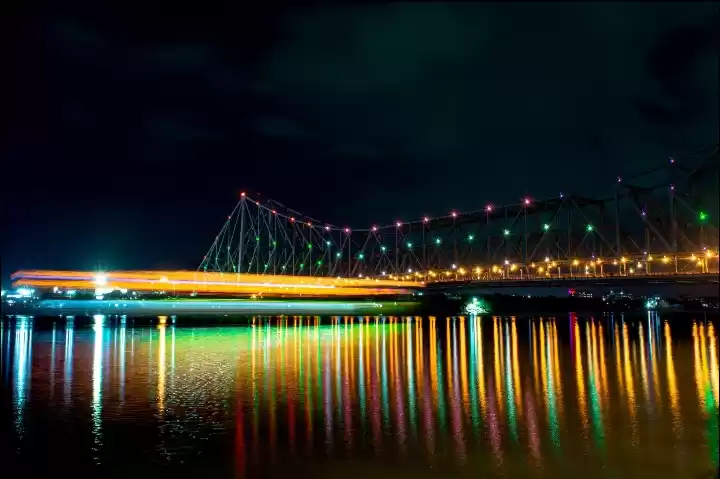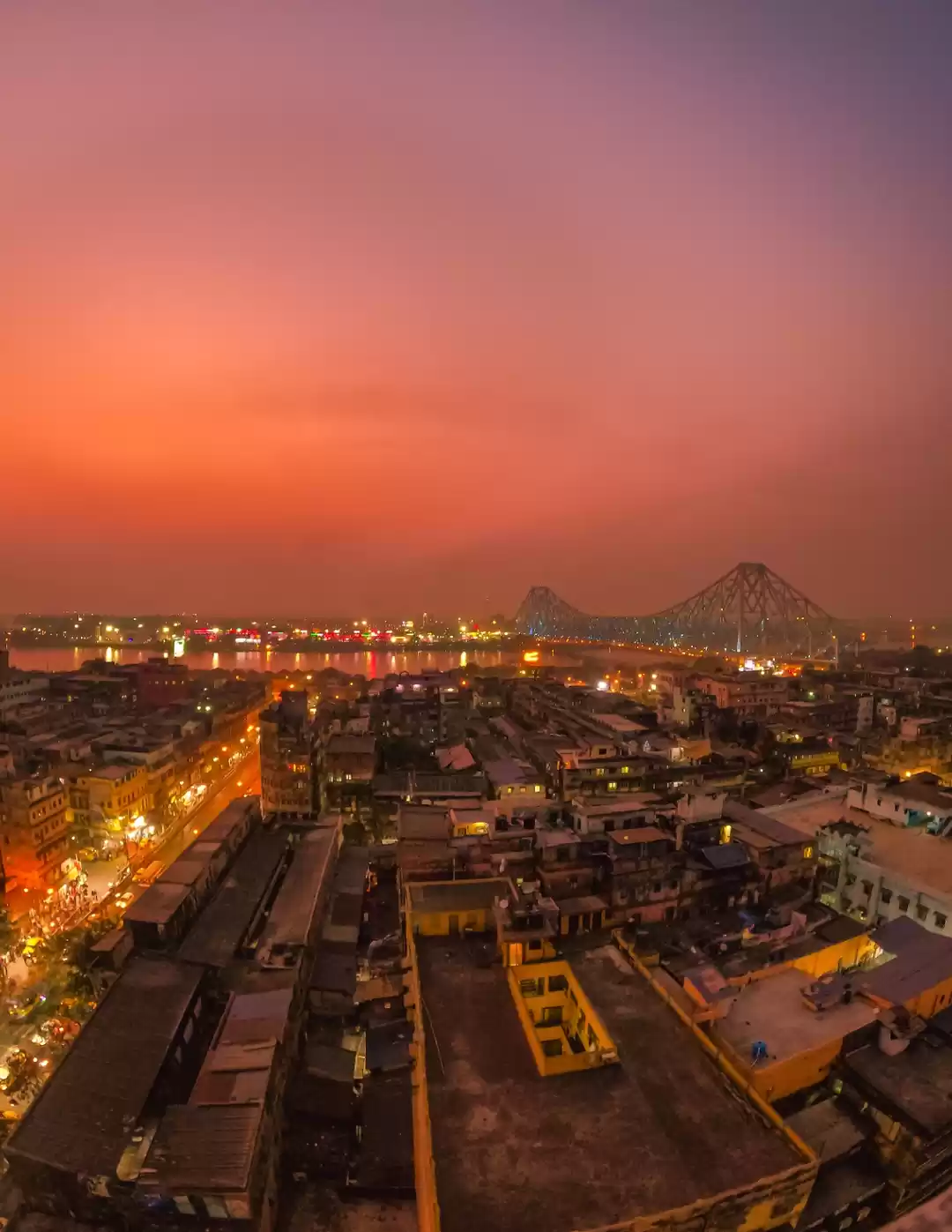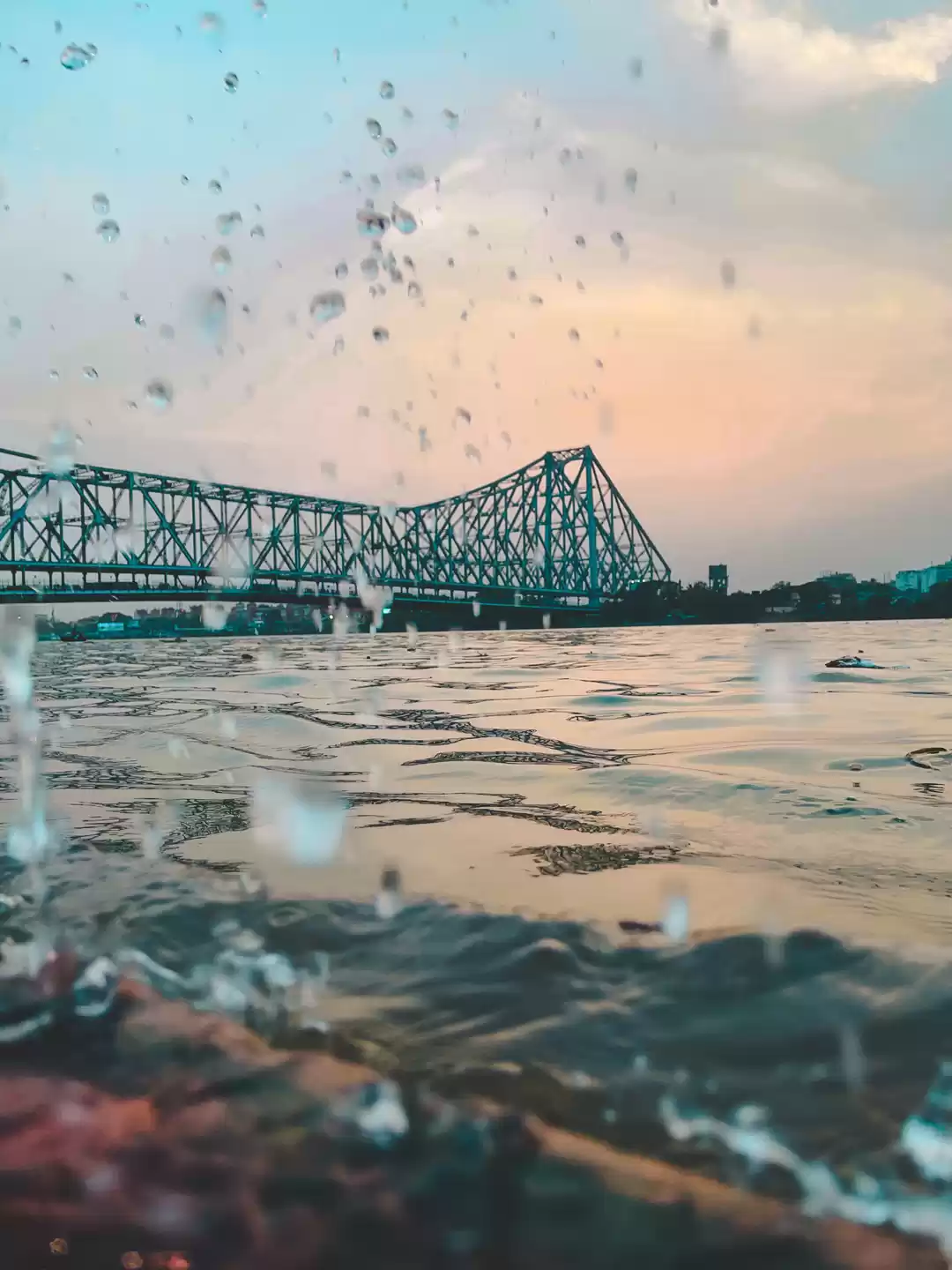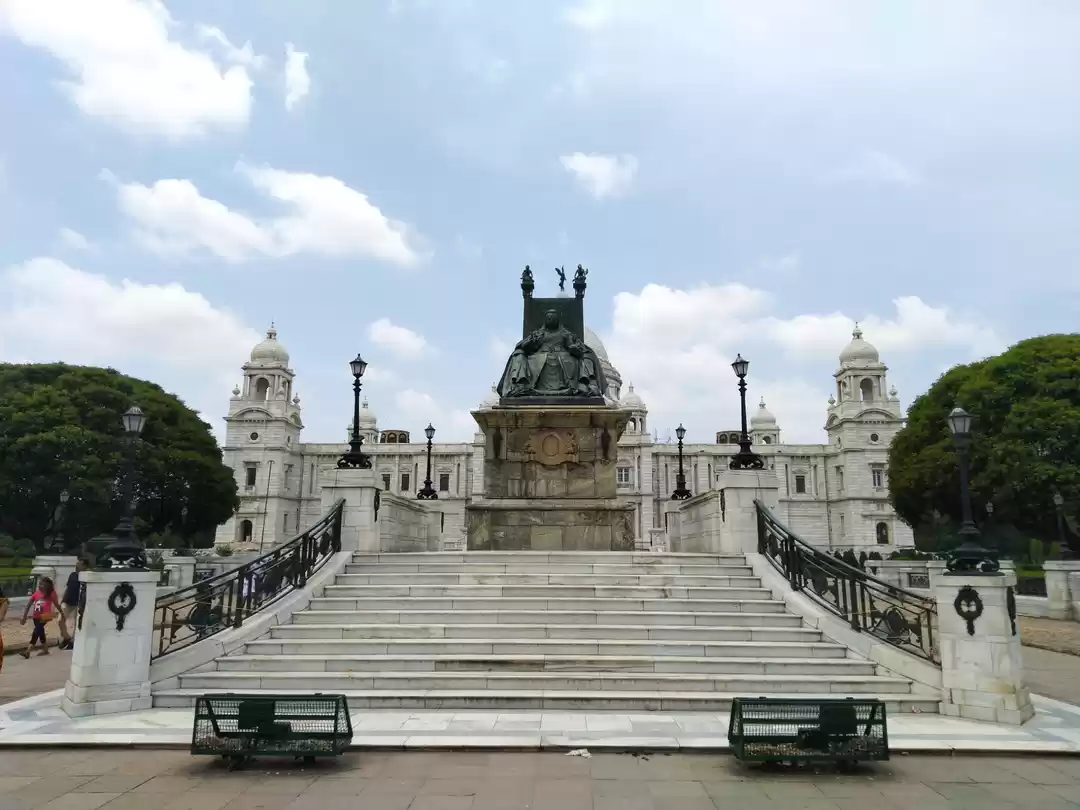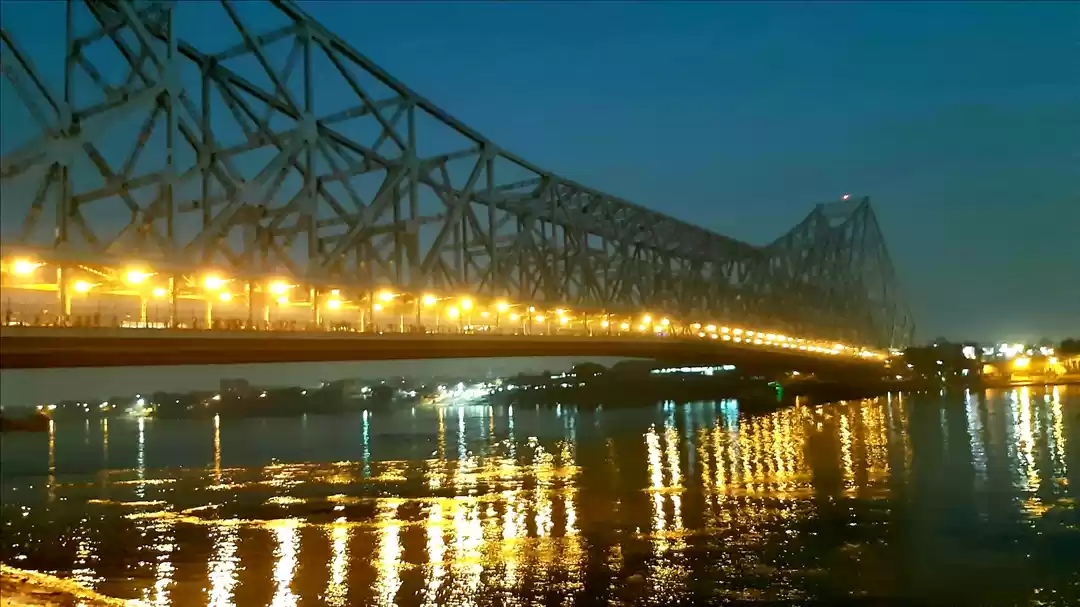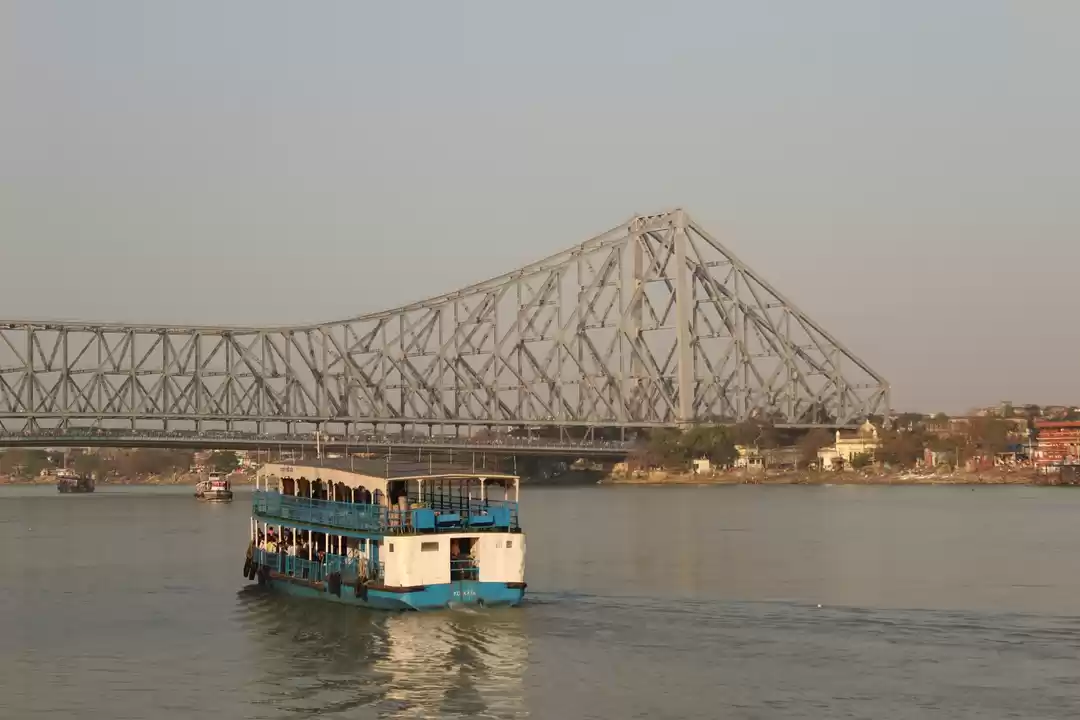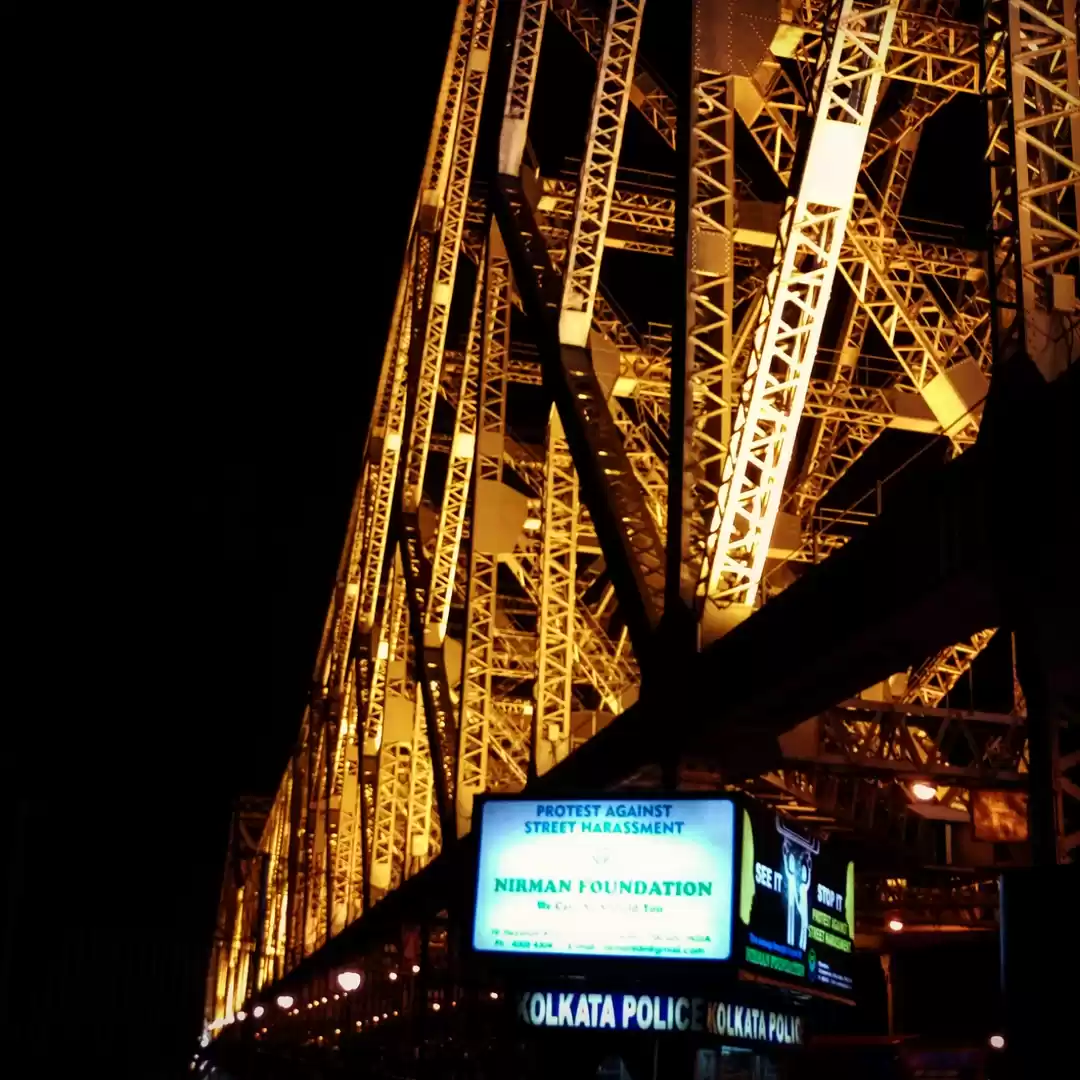Howrah Bridge is one of the most famous and impressive bridges in India. It spans the Hooghly River and connects the twin cities of Kolkata and Howrah. It is also known as Rabindra Setu, after the Nobel laureate poet Rabindranath Tagore.
The bridge is a marvel of engineering and architecture, and a symbol of Kolkata’s heritage and culture. In this article, we will explore the history, characteristics, and cultural references of the Howrah Bridge, and why you should visit it on your next trip to Kolkata.
History of Howrah Bridge
The need for a bridge across the Hooghly River was felt since the 19th century, as the existing ferry service was inadequate and unreliable. Several proposals were made for a bridge, but none of them materialized due to various reasons, such as cost, design, and political issues.
Finally, in 1935, the British government approved a plan for a cantilever bridge that would be built by the Braithwaite Burn and Jessop Construction Company. The construction of the bridge began in 1936 and was completed in 1943. The bridge was inaugurated on February 3, 1943, by the then Governor of Bengal, Sir John Arthur Herbert. The bridge was originally named the New Howrah Bridge, as it replaced an older pontoon bridge that was dismantled in 1946.
In 1965, the bridge was renamed as Rabindra Setu, after the Nobel laureate poet Rabindranath Tagore, who was a native of Kolkata. However, the bridge is still popularly known as the Howrah Bridge by the locals and tourists alike.
How to Reach Howrah Bridge
There are different ways to reach Howrah Bridge from various parts of Kolkata. You can take a bus, a taxi, a car, or a towncar.
The quickest way is to take a car, which will take about 18 minutes and cost around ₹140 - ₹210. The cheapest way is to take the line 154 bus, which will take about 52 minutes and cost only ₹23 - ₹35.
You can also take the line 151 bus, which will take about 43 minutes and cost ₹46 - ₹65. Alternatively, you can take a taxi or hire a towncar, which will also take about 18 minutes and cost ₹470 - ₹600 or ₹1,700 - ₹2,500 respectively.
Best Time To Visit
The best time to visit Howrah Bridge is either during the morning or at night time. If you visit the bridge at noon, you may find a lot of crowds and traffic. At night time, the bridge is lit up with colorful lights that enhance its beauty and visibility. You can also take a ferry ride across the Hooghly River and enjoy the view of the city and the bridge from the water.
The best season to visit Howrah Bridge is between October and February, when the weather is pleasant and there are many festivals and events in Kolkata. This is also the peak season for tourists, especially during Durga Puja, which is a major celebration in Kolkata. You can witness the cultural and religious aspects of Kolkata and its people during this time.
Also read: A tribute to 'The Rabindra Setu'
Characteristics of Howrah Bridge
The Howrah Bridge is one of the largest cantilever bridges in the world. A cantilever bridge is a type of bridge that has two arms projecting from each pier and supporting a central span. The bridge has a total length of 705 meters (2,313 feet) and a width of 30 meters (98 feet). The central span is 457 meters (1,500 feet) long and has a clearance of 26 meters (85 feet) above the water level. The bridge can carry a load of up to 60,000 tonnes.
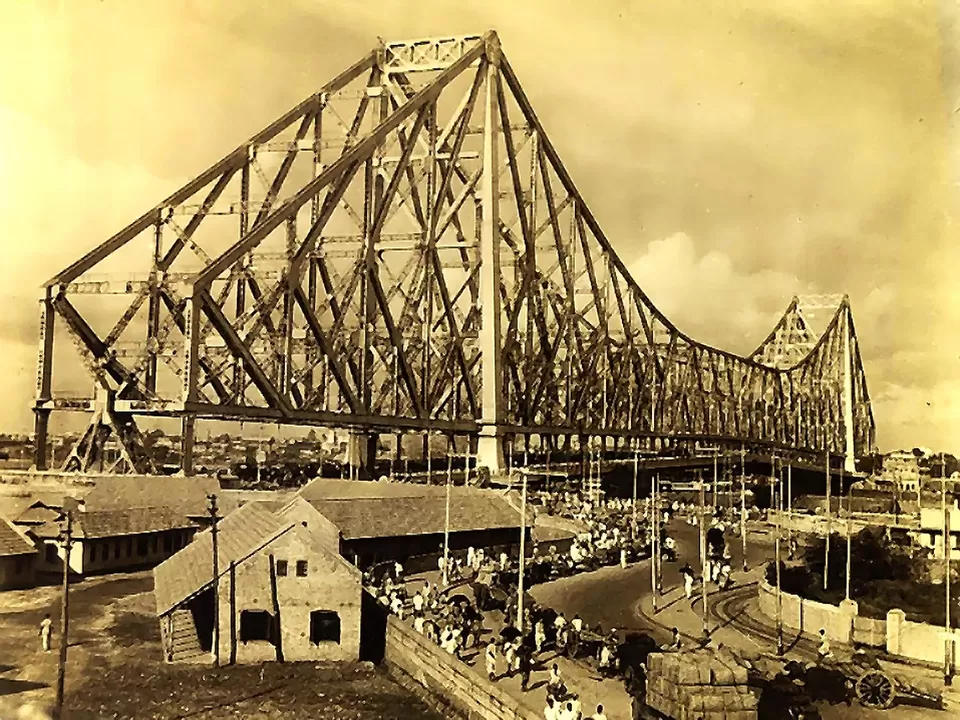
The bridge is made of high-tensile steel and has no nuts or bolts. It was assembled by riveting more than 26,000 tonnes of steel. The bridge has a unique design that allows it to withstand strong winds and earthquakes. The bridge has two massive towers that are 82 meters (269 feet) high and have four octagonal pillars each. The bridge also has four abutments that anchor it to the river banks.
The bridge is one of the busiest bridges in the world, carrying more than 100,000 vehicles and 150,000 pedestrians every day. The bridge is toll-free for both vehicles and pedestrians. The bridge is illuminated at night with colorful lights that enhance its beauty and visibility.
Cultural References of Howrah Bridge
The Howrah Bridge is not only a landmark of Kolkata but also a source of inspiration and pride for many artists and writers. The bridge has been featured in various media, such as films, songs, paintings, and books. Some of the notable examples are:
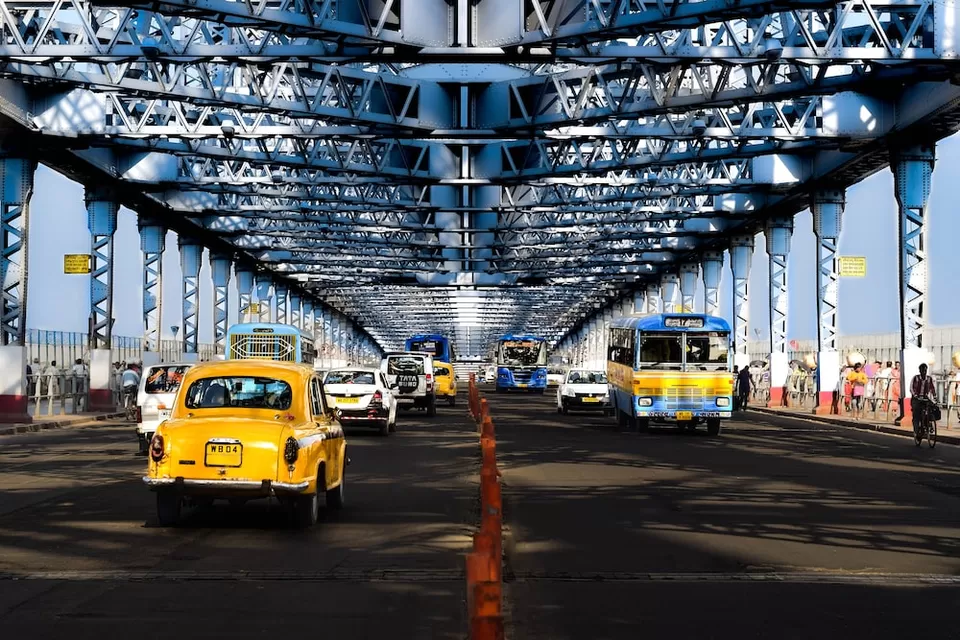
- The bridge was the setting for the 1958 film Howrah Bridge, starring Ashok Kumar and Madhubala. The film was a thriller that involved a murder mystery and a stolen necklace.
- The bridge was also the backdrop for the 1971 film The Calcutta Mail, starring Uttam Kumar and Suchitra Sen. The film was a romantic drama that depicted the love story of a journalist and a dancer.
- The bridge was immortalized in the song Aami Kolkata-r Rasogolla, sung by Kishore Kumar for the 1986 film Balika Badhu. The song was a tribute to Kolkata’s culture and cuisine.
- The bridge was painted by several renowned artists, such as Jamini Roy, Bikash Bhattacharjee, Sakti Burman, and Paresh Maity. Their paintings captured the essence and spirit of the bridge and its surroundings.
- The bridge was mentioned in several books by famous authors, such as Amitav Ghosh, Jhumpa Lahiri, Vikram Seth, and Salman Rushdie. Their books portrayed the life and history of Kolkata and its people.
You may also like to check out: Bridging the Gap: Five of India's best man-made bridges
The Howrah Bridge is one of the most iconic landmarks of Kolkata and India. It is a testament to the engineering and architectural excellence of the past and the present. It is also a reflection of the culture and heritage of Kolkata and its people. The bridge is a must-see attraction for anyone who visits Kolkata.
It offers a spectacular view of the city and the river, especially at sunrise and sunset. The bridge is also a great place to experience the hustle and bustle of Kolkata and its diverse and vibrant population. The bridge is more than just a bridge; it is a symbol of Kolkata’s identity and pride.


